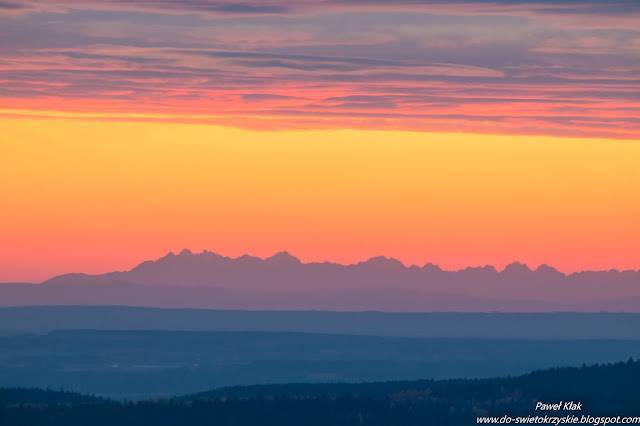Long-Distance Observations: Definitions, Types, and Applications
Distant Observations, also known as Long-Distance Observations, is the process of recording terrestrial objects, both natural and anthropogenic, from a distant location on or above the Earth. The goal is to capture an object from the furthest possible distance, focusing on landscape elements such as mountains or anthropogenic structures.
There are two categories of Distant Observations:
Ground-based Distant Observations: The observer or recording equipment is located on the Earth’s surface or a related structure. This provides a stable vantage point, enabling precise recording of object details.
Aerial Distant Observations: The observer or recording equipment is in the air above the Earth’s surface. Increased altitude introduces mobility and dynamism, enhancing the potential observation range.
Differences between ground-based and aerial observations include height, stability, accessibility, mobility, and perspective, making each method unique and tailored to different purposes.
Distance criteria for observed objects:
- High mountains (e.g., the Tatra Mountains): Minimum 150 km.
- Low mountains and upland areas (e.g., the Świętokrzyskie Mountains): Minimum 70 km.
- Anthropogenic/industrial objects: Minimum 50 km.
Methods for recording long-distance observations include compact cameras, DSLRs, smartphones, cameras, drones, and webcams with zoom capabilities.
Observations are categorized as visible, detailed, or transparent, depending on the level of details visible on the objects.
Long-distance observations have scientific applications, such as studying atmospheric refraction, monitoring periodic changes in atmospheric transparency, or tracking climate changes.
For more information on Distant Observations, you can find it here
